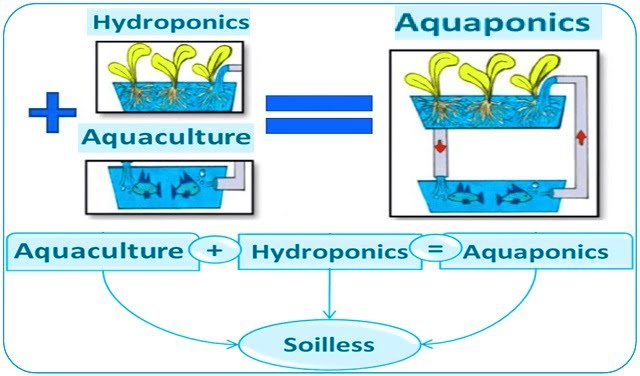
The salmon market is known for its high price volatility, making accurate price forecasting essential for producers, exporters, and investors. For salmon producers, understanding and predicting price fluctuations is crucial for business planning and risk management.
Price volatility in the salmon industry arises from multiple factors, including biological production cycles, environmental conditions, global demand shifts, and geopolitical factors. Unlike other commodities with longer shelf lives, salmon is a perishable product, meaning that market imbalances between supply and demand can lead to sudden and significant price swings. This makes price prediction models especially valuable for industry stakeholders.
Futures markets, where contracts for the future delivery of a commodity are traded, play a key role in price determination and can serve as valuable forecasting tools. While the salmon futures market has faced challenges due to low liquidity, its role in predicting future prices remains significant.
A study published by Daumantas Bloznelis from the Norwegian University of Life Sciences explores the role of salmon futures prices in predicting actual salmon prices, providing valuable insights for industry stakeholders.
What Are Futures Markets and How Do They Work for Salmon?
Futures markets allow buyers and sellers to agree on a price for salmon that will be delivered at a future date. These contracts are traded on exchanges, and their prices reflect market expectations regarding future supply and demand.
According to the study, futures markets provide salmon producers with a way to hedge against price volatility. For example, a salmon producer can sell futures contracts to lock in a price for their future harvest, thereby reducing their exposure to price drops.
Do Futures Markets Accurately Predict Salmon Prices?
A key question is whether futures market prices are reliable predictors of actual future salmon prices. Analyzing the relationship between futures prices and subsequent spot prices (the price of salmon for immediate delivery) is essential to determine the forecasting ability of futures markets.
Understanding the accuracy of these predictions can help companies make more informed decisions regarding production, sales, and risk management strategies.
Stay Always Informed
Join our communities to instantly receive the most important news, reports, and analysis from the aquaculture industry.
Factors Affecting Salmon Price Forecasting
According to the study, several factors can influence the accuracy of price forecasts derived from futures markets, including:
Supply and Demand Dynamics
- Global salmon supply, influenced by aquaculture production levels, wild catch volumes, and environmental conditions, plays a fundamental role in price determination.
- Demand fluctuations, driven by consumer preferences, economic conditions, and seasonal variations, also affect pricing trends.
Market Efficiency
- The extent to which futures markets efficiently incorporate all available information impacts their forecasting accuracy.
- If markets are inefficient, futures prices may not fully reflect all relevant information, leading to less precise predictions.
External Impacts
- Unforeseen events, such as disease outbreaks in salmon farms, regulatory changes, or transportation disruptions, can significantly affect salmon prices and reduce the accuracy of futures-based forecasts.
Using Futures Prices for Business Decisions
Despite potential limitations, salmon futures prices can still provide valuable insights for aquaculture businesses. By carefully analyzing futures market trends and considering other relevant factors, companies can:
- Develop price expectations → Futures prices provide insight into market sentiment and expectations for future price levels, guiding business planning and budgeting.
- Manage price risk → Futures contracts can be used to hedge against price volatility, protecting producers and buyers from adverse fluctuations.
- Improve decision-making → By incorporating futures market data into their analyses, businesses can make more informed choices regarding production levels, marketing strategies, and inventory management.
Conclusion
Salmon futures markets play a crucial role in price determination and offer valuable risk management tools for the aquaculture industry. While salmon price forecasting is complex and subject to various uncertainties, analyzing futures prices alongside other market information can help optimize decision-making and assist companies in navigating price volatility challenges.
Contact
Daumantas Bloznelis
School of Economics and Business, Norwegian University of Life Sciences
Aas, Norway
Email: daumantas.bloznelis@nmbu.no
Reference (open access)
Bloznelis, D. (2025). Salmon futures prices as forecasts. Aquaculture Economics & Management, 1–34. https://doi.org/10.1080/13657305.2025.2478909
Editor at the digital magazine AquaHoy. He holds a degree in Aquaculture Biology from the National University of Santa (UNS) and a Master’s degree in Science and Innovation Management from the Polytechnic University of Valencia, with postgraduate diplomas in Business Innovation and Innovation Management. He possesses extensive experience in the aquaculture and fisheries sector, having led the Fisheries Innovation Unit of the National Program for Innovation in Fisheries and Aquaculture (PNIPA). He has served as a senior consultant in technology watch, an innovation project formulator and advisor, and a lecturer at UNS. He is a member of the Peruvian College of Biologists and was recognized by the World Aquaculture Society (WAS) in 2016 for his contribution to aquaculture.




